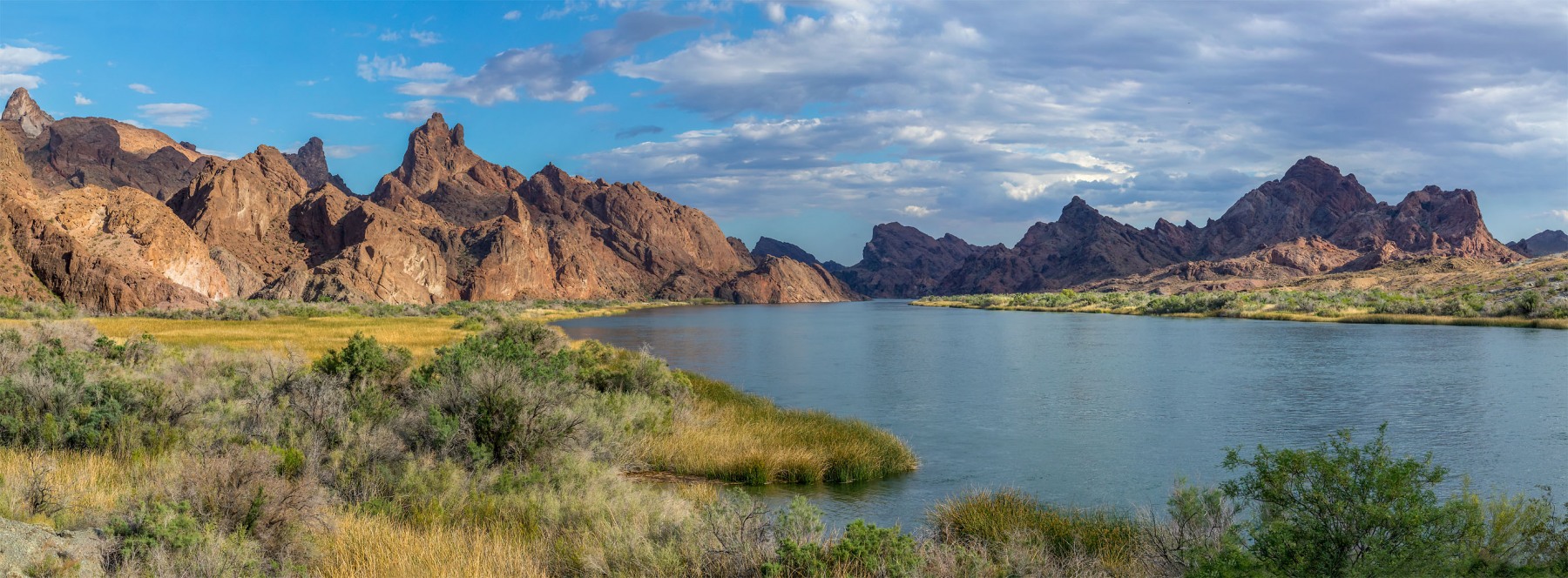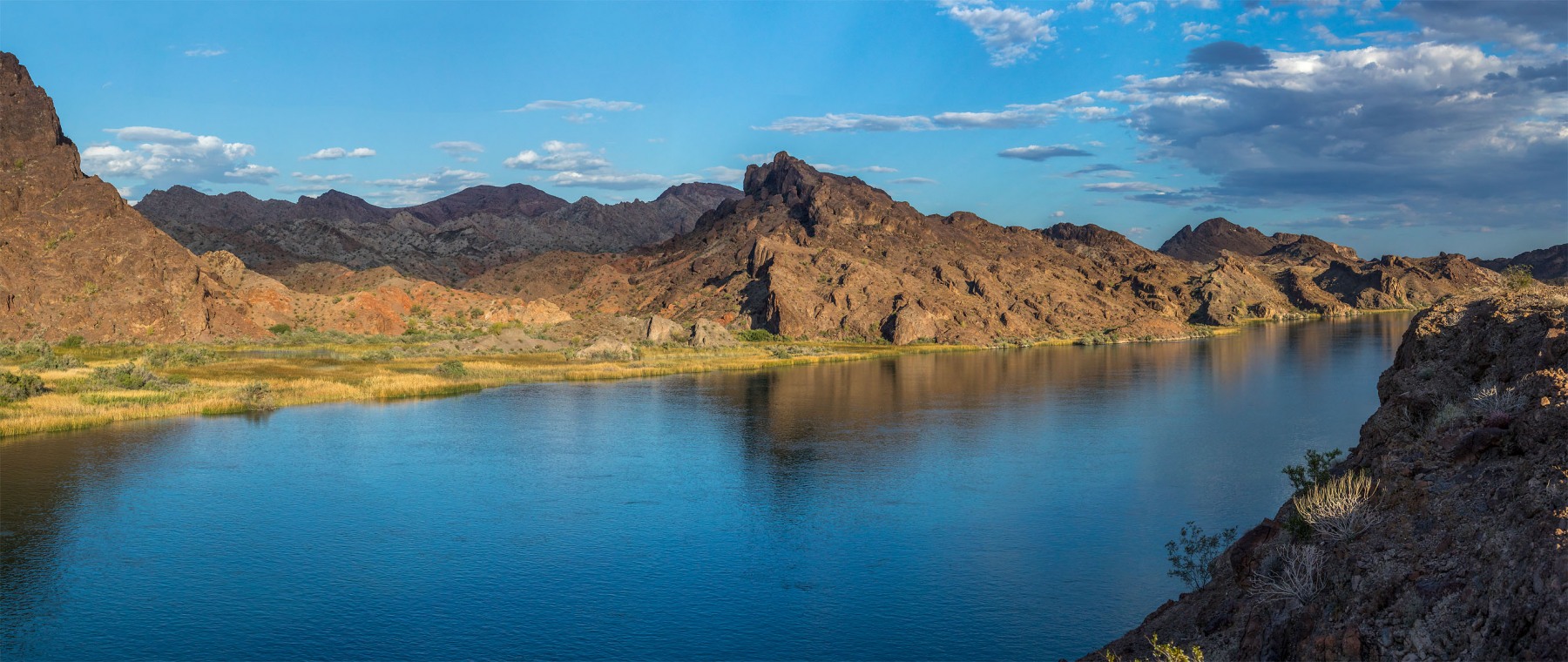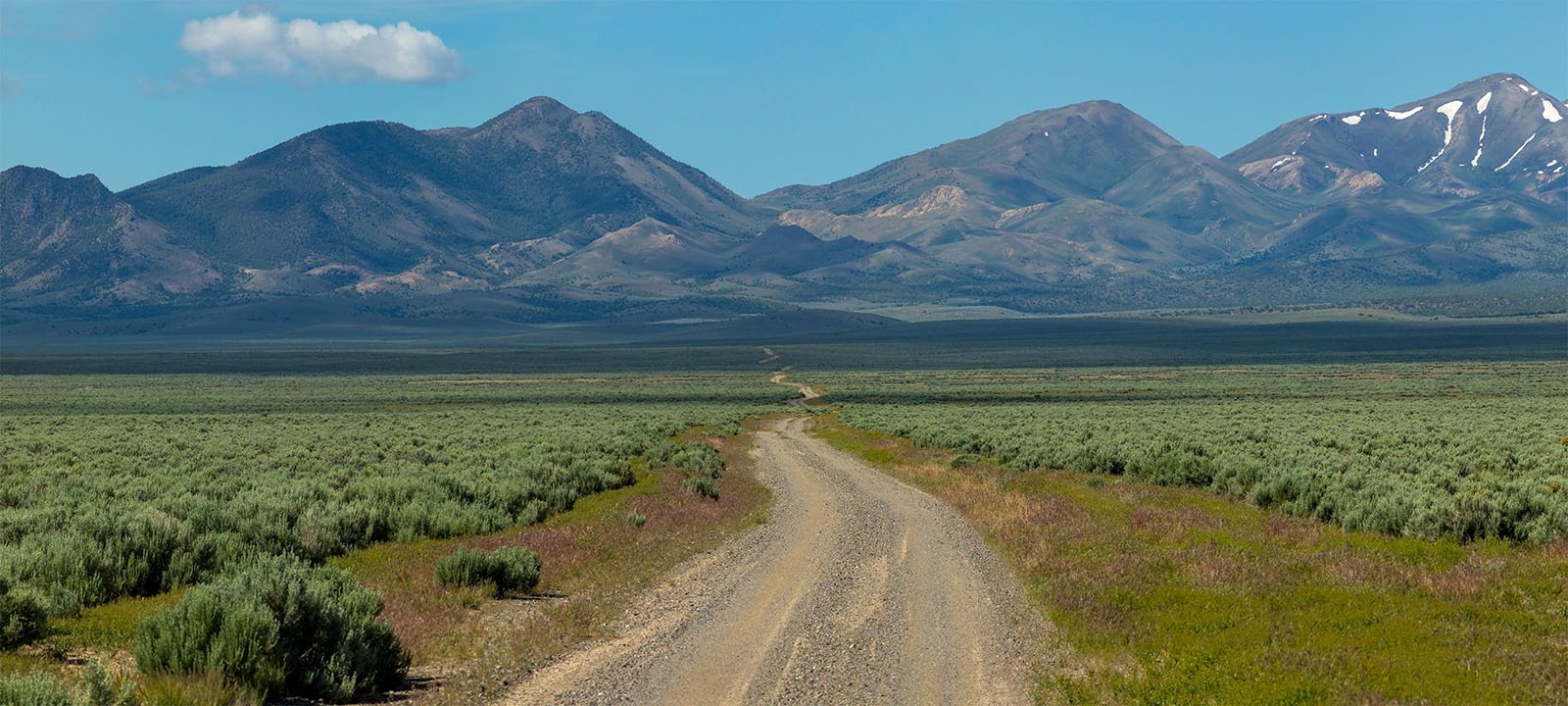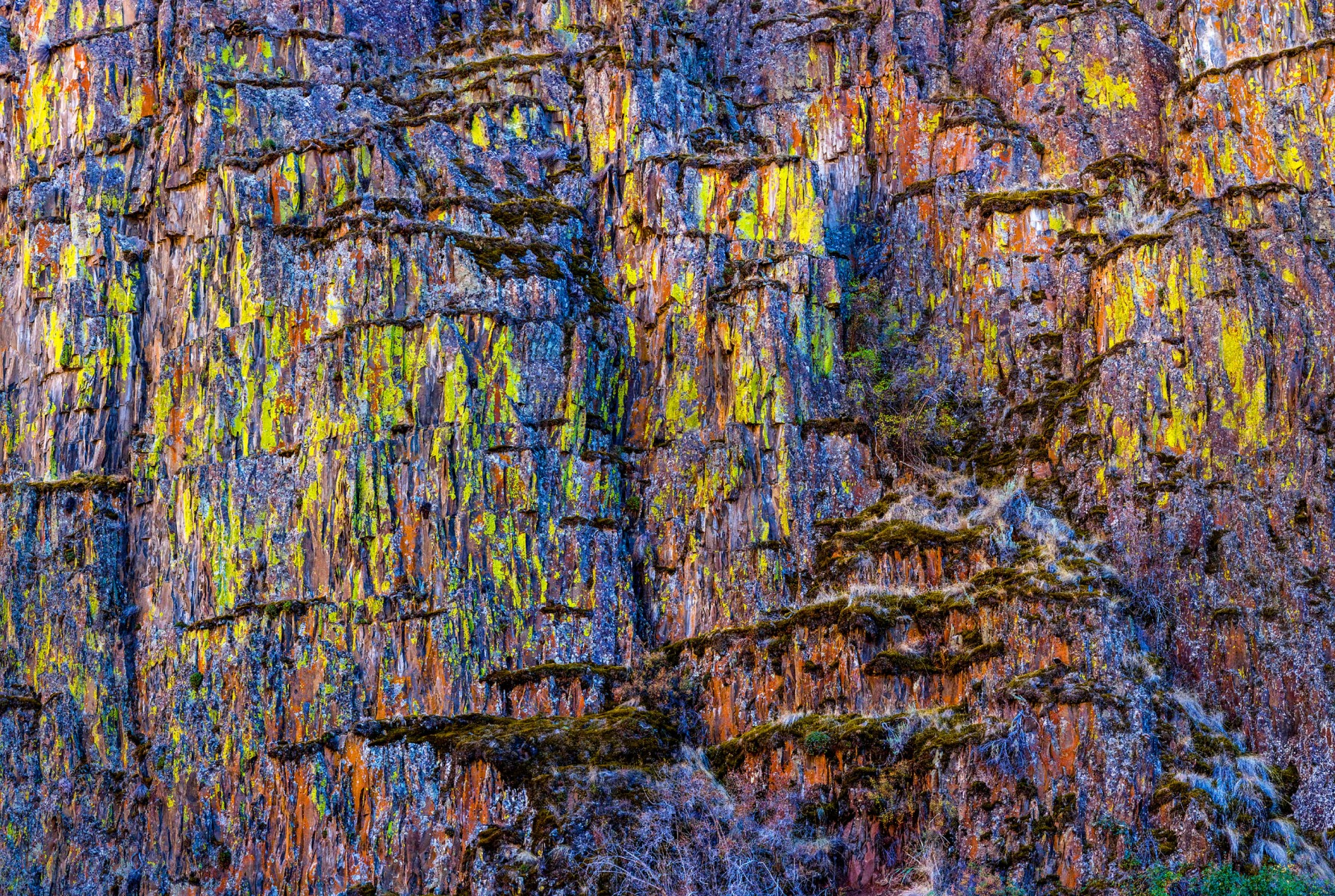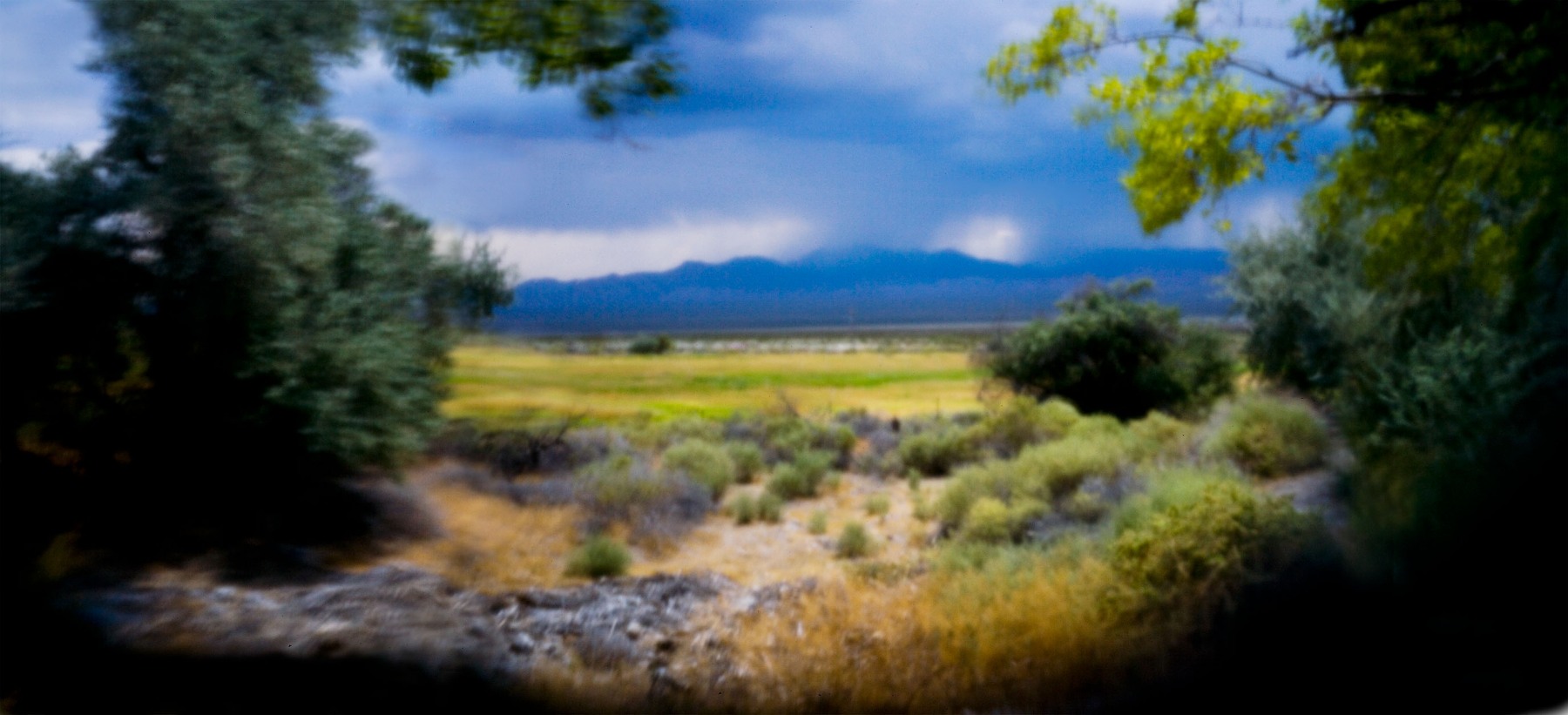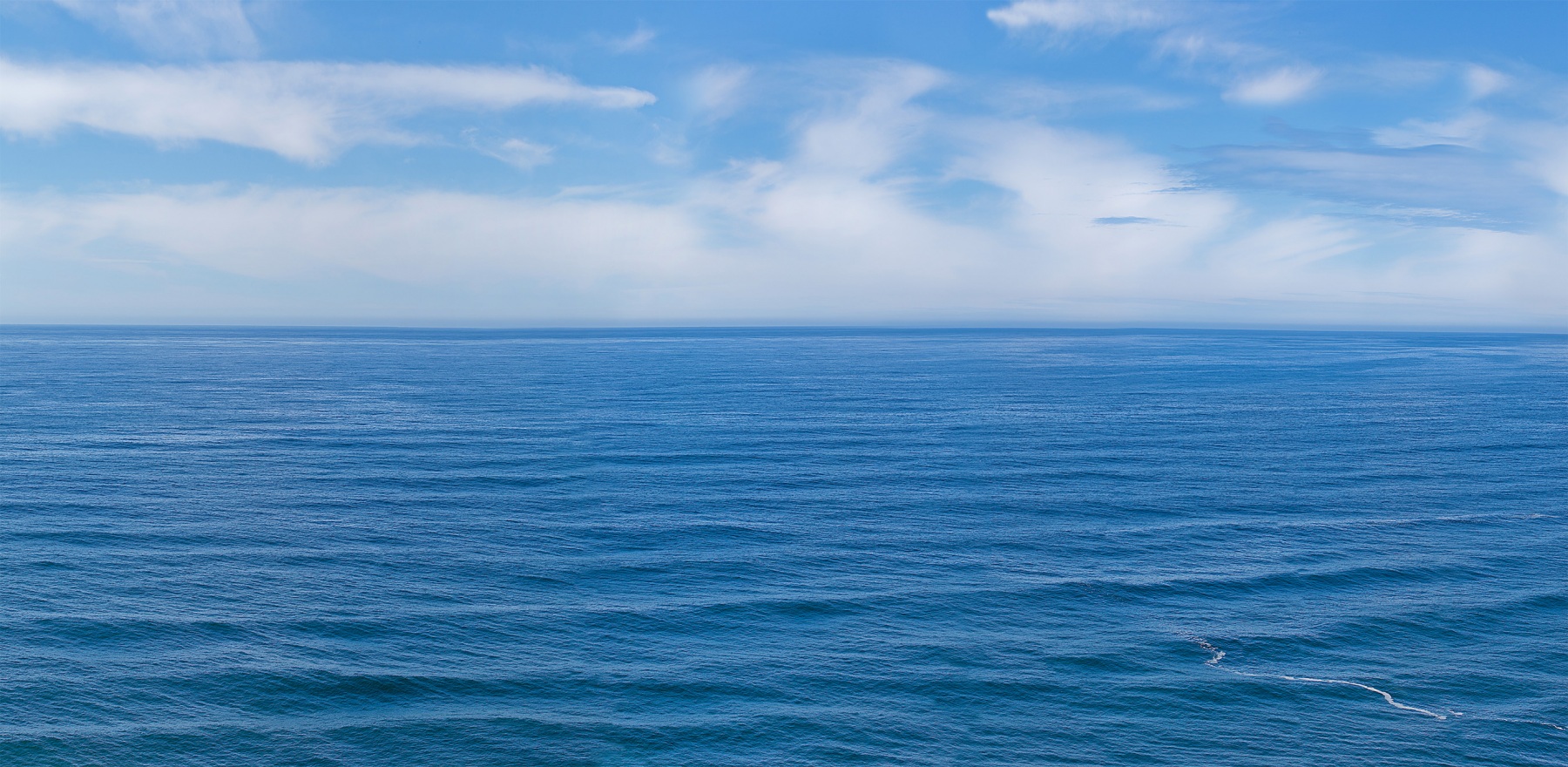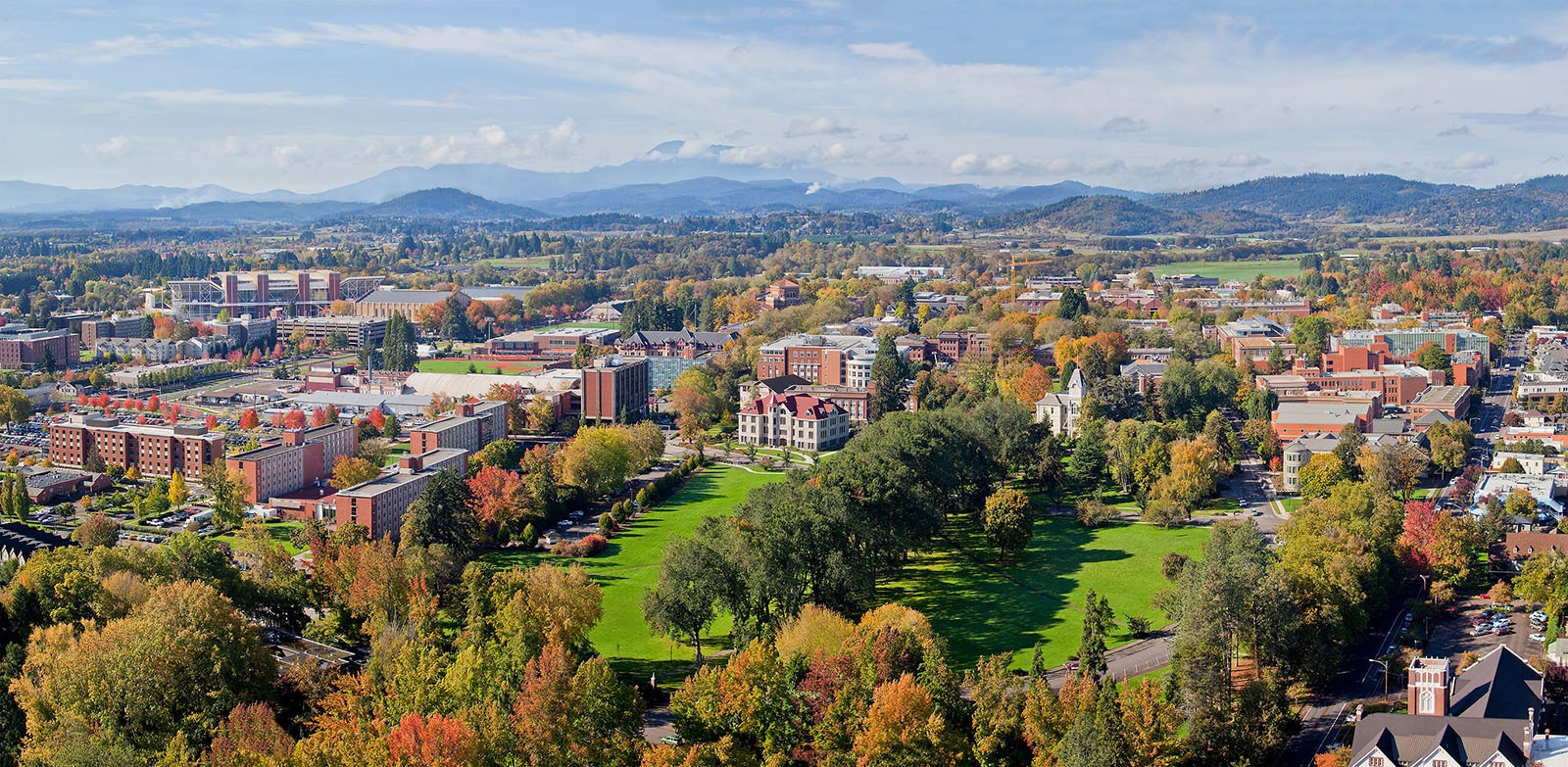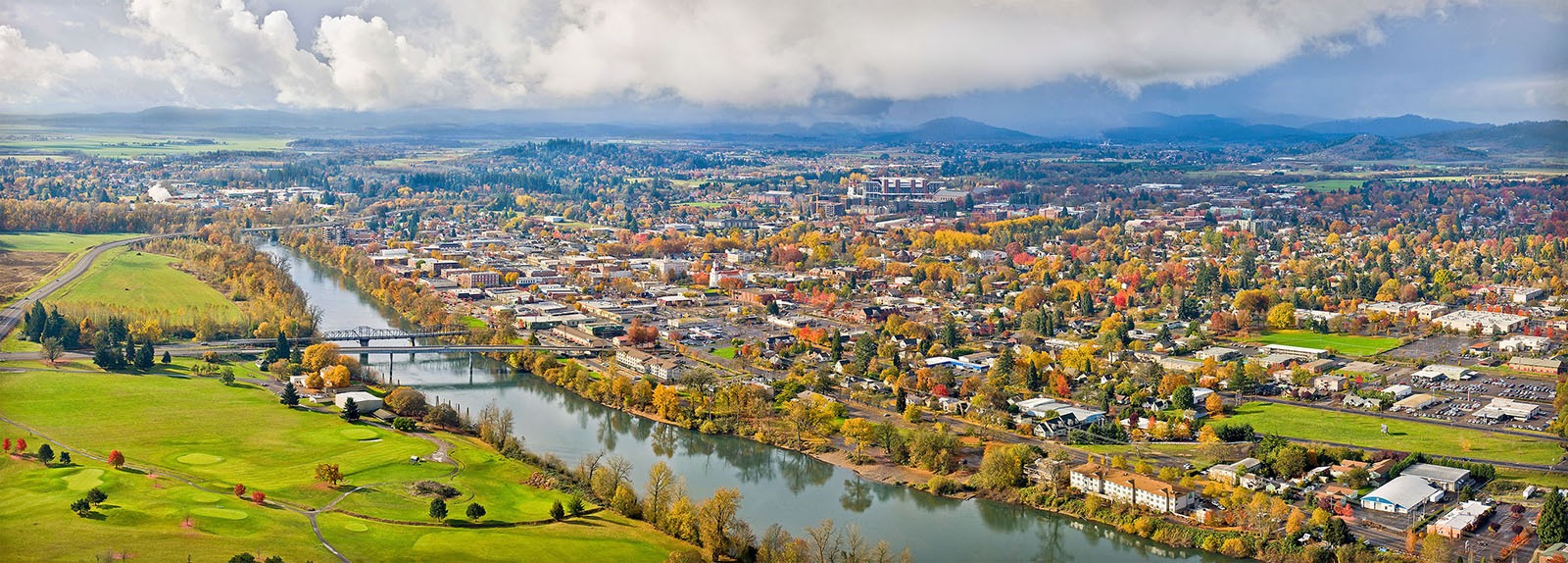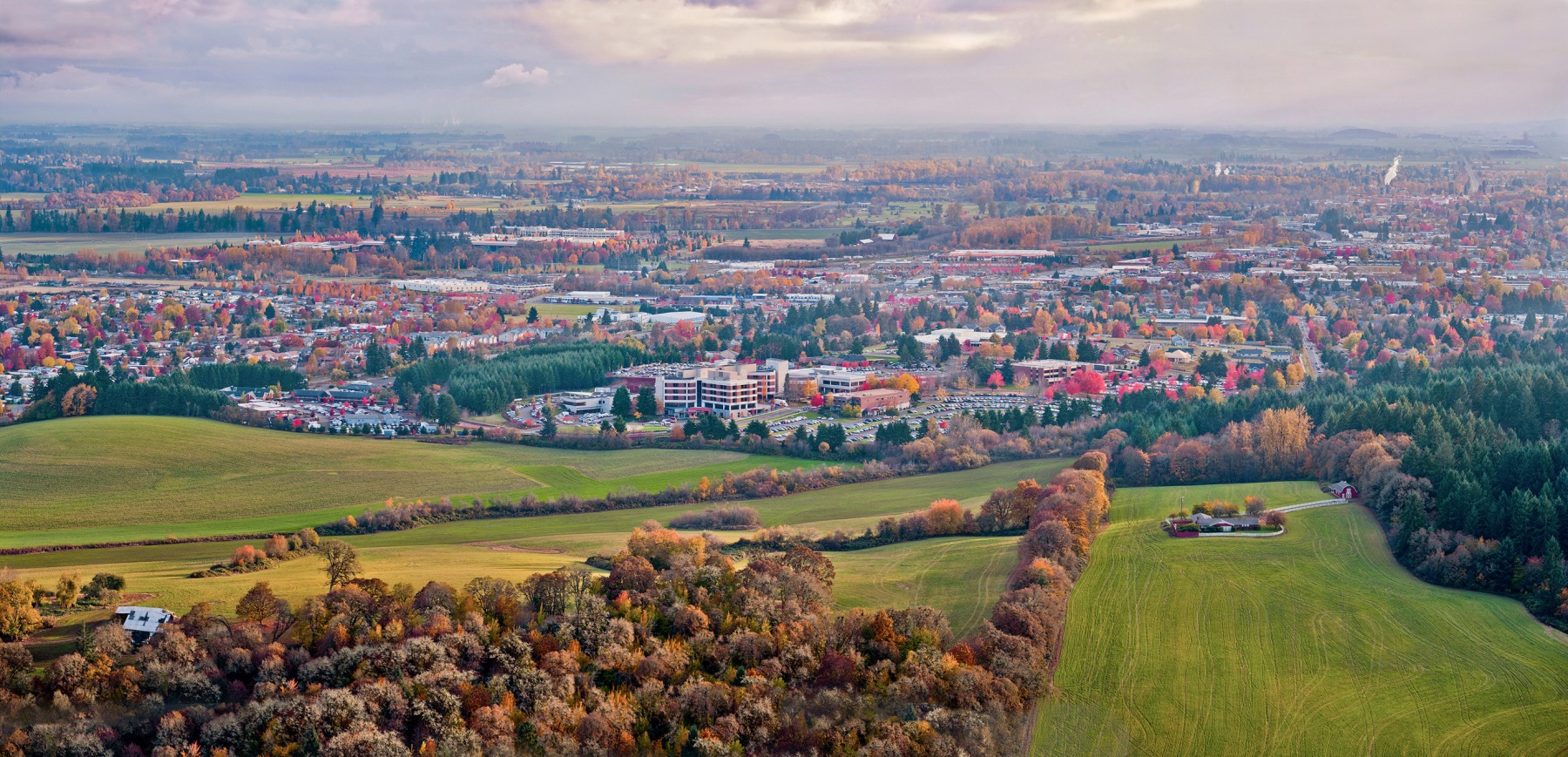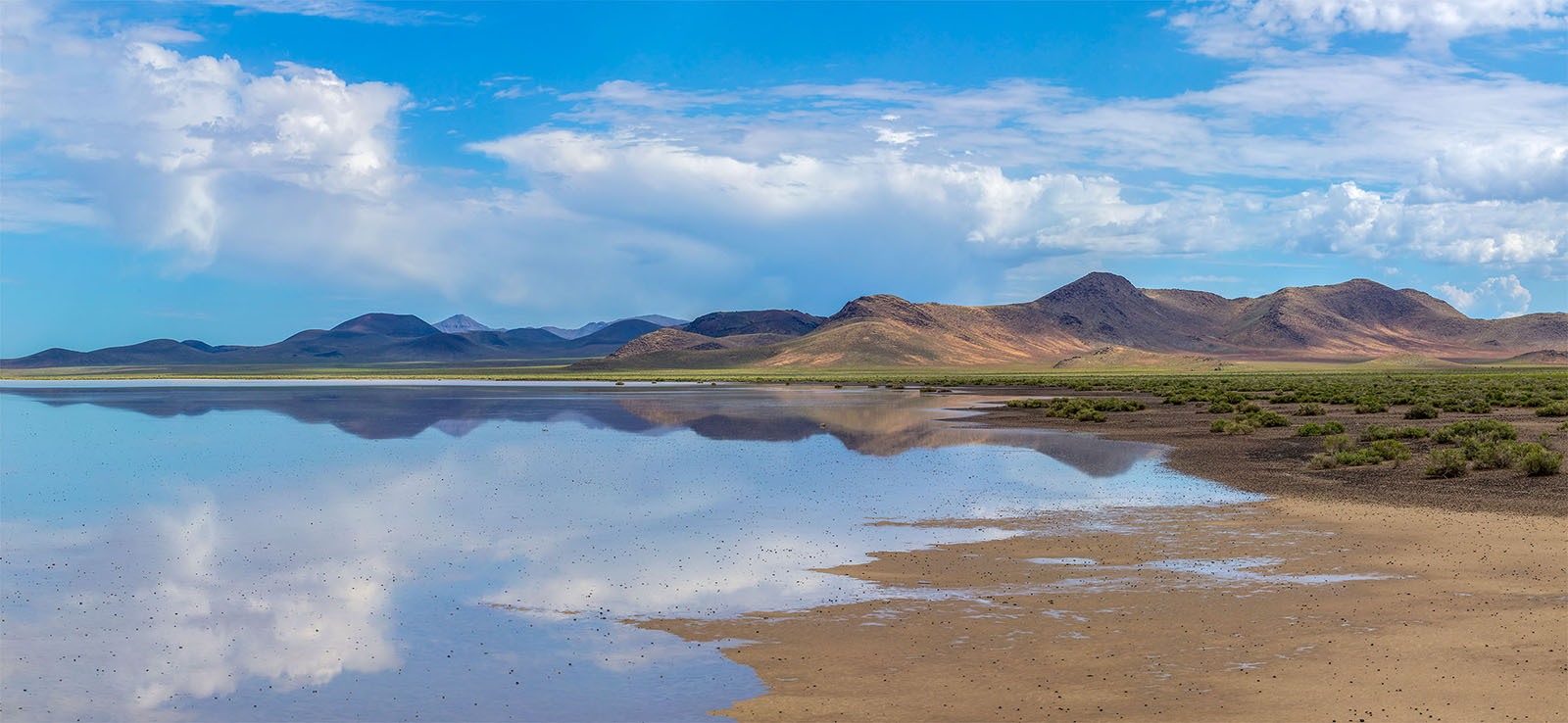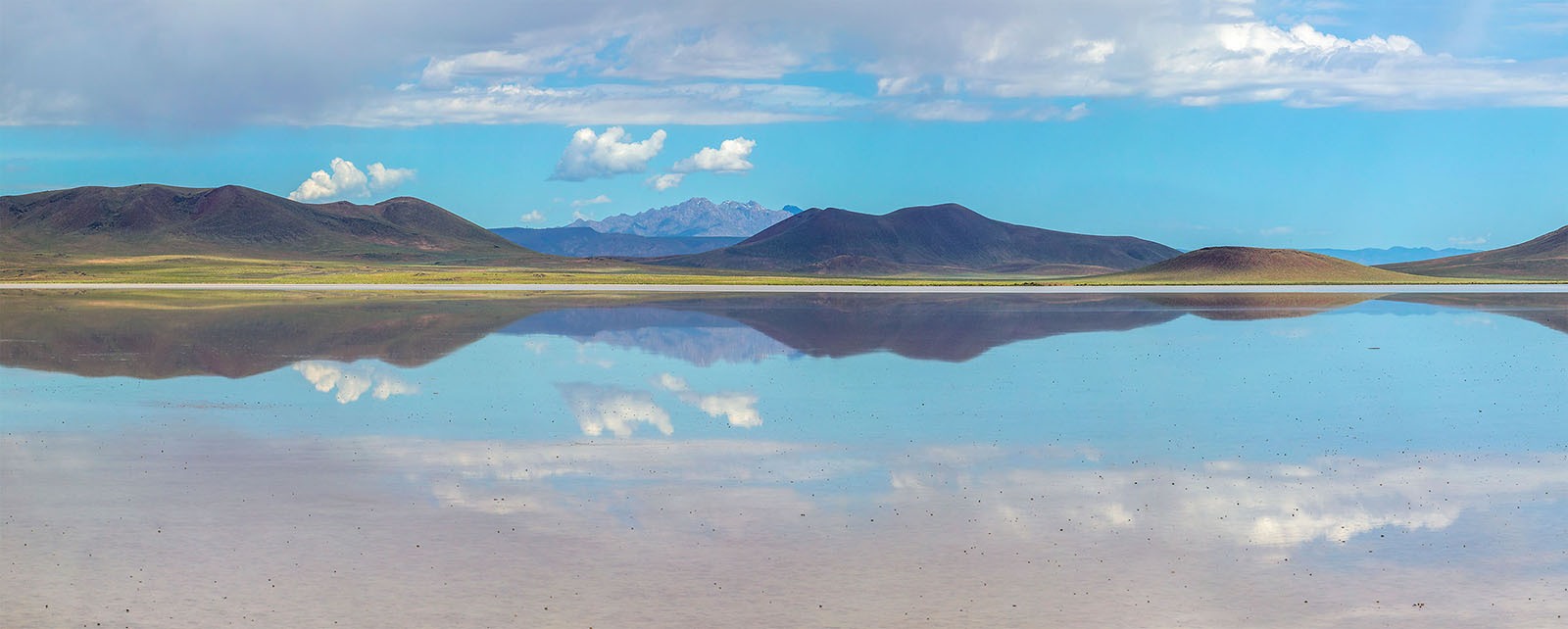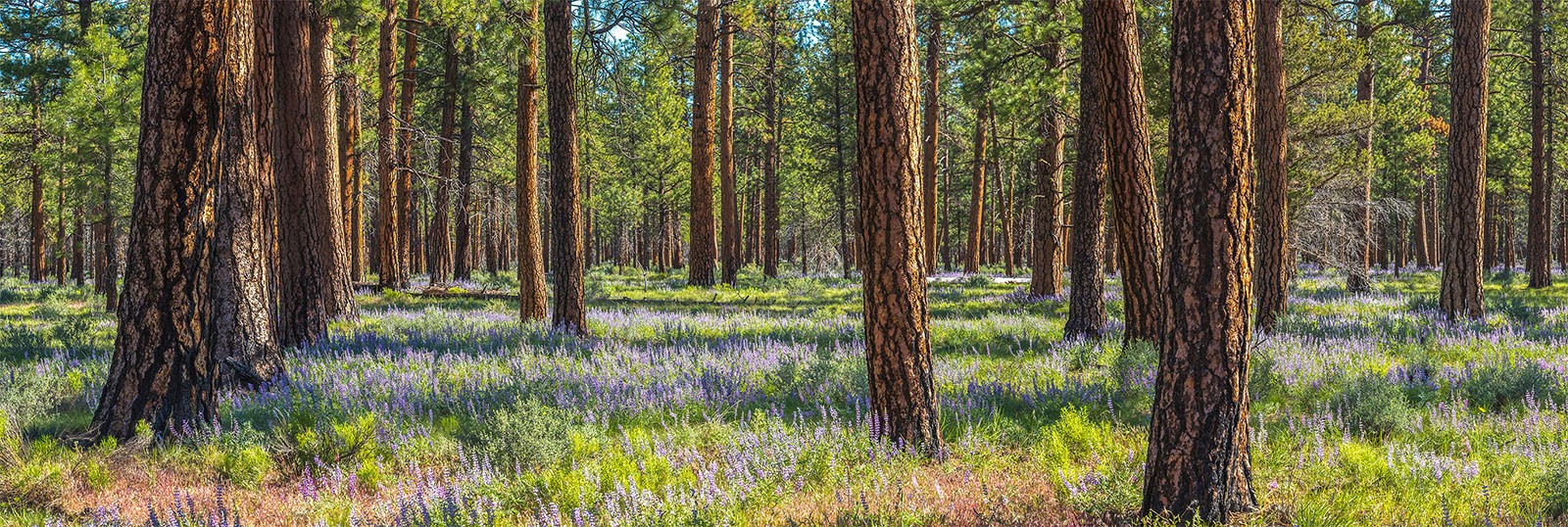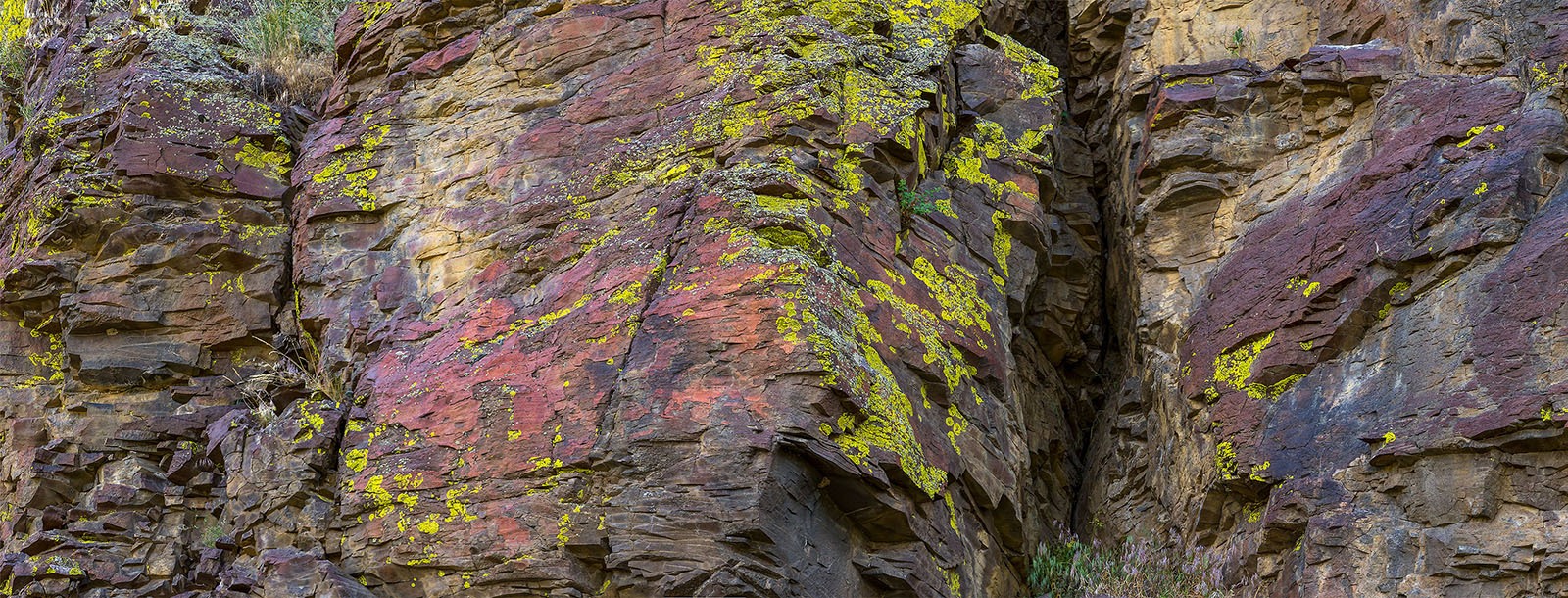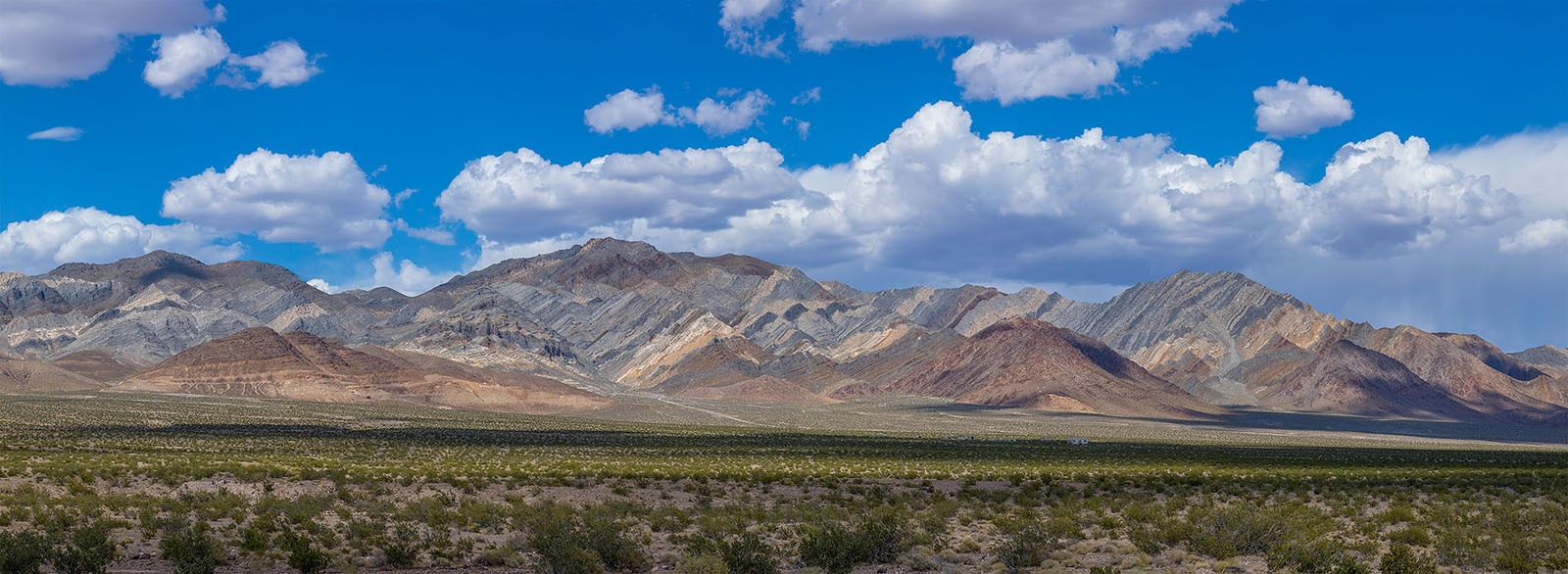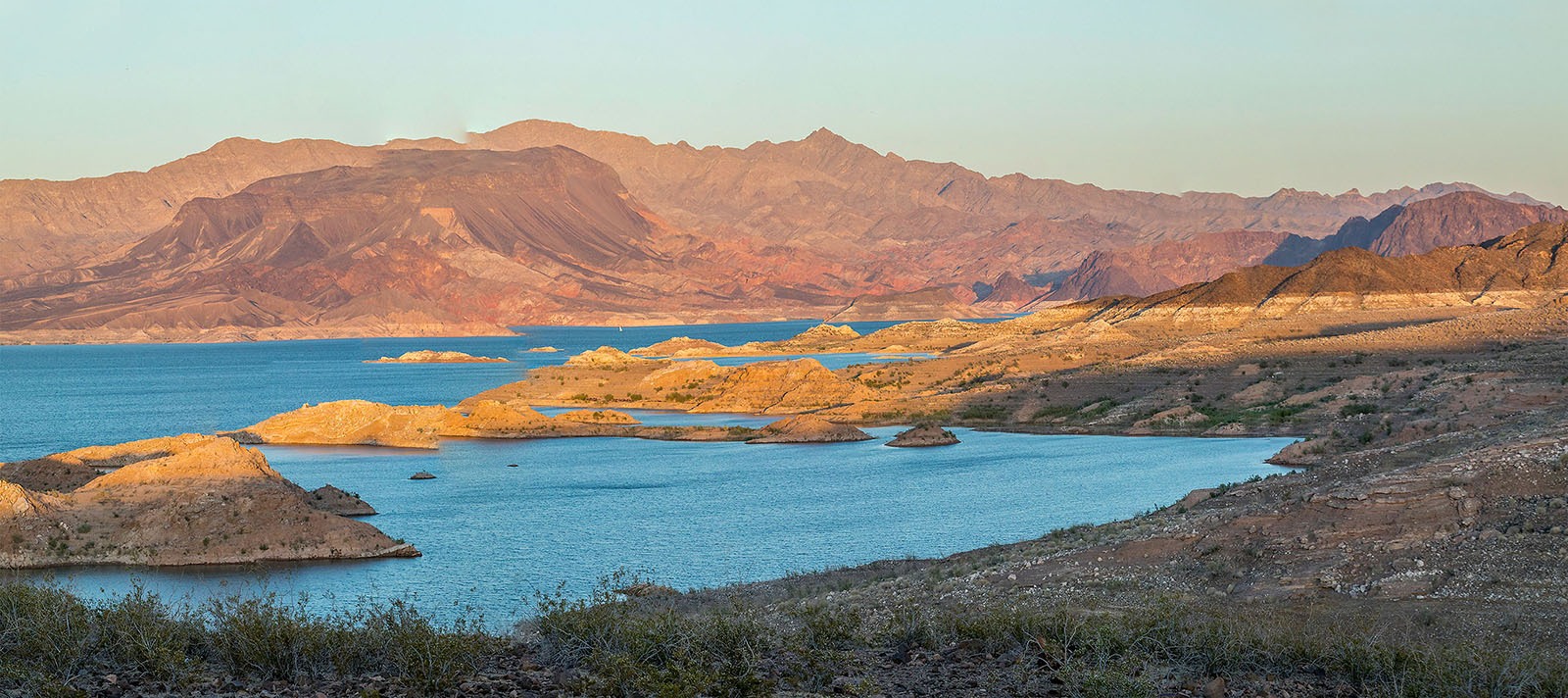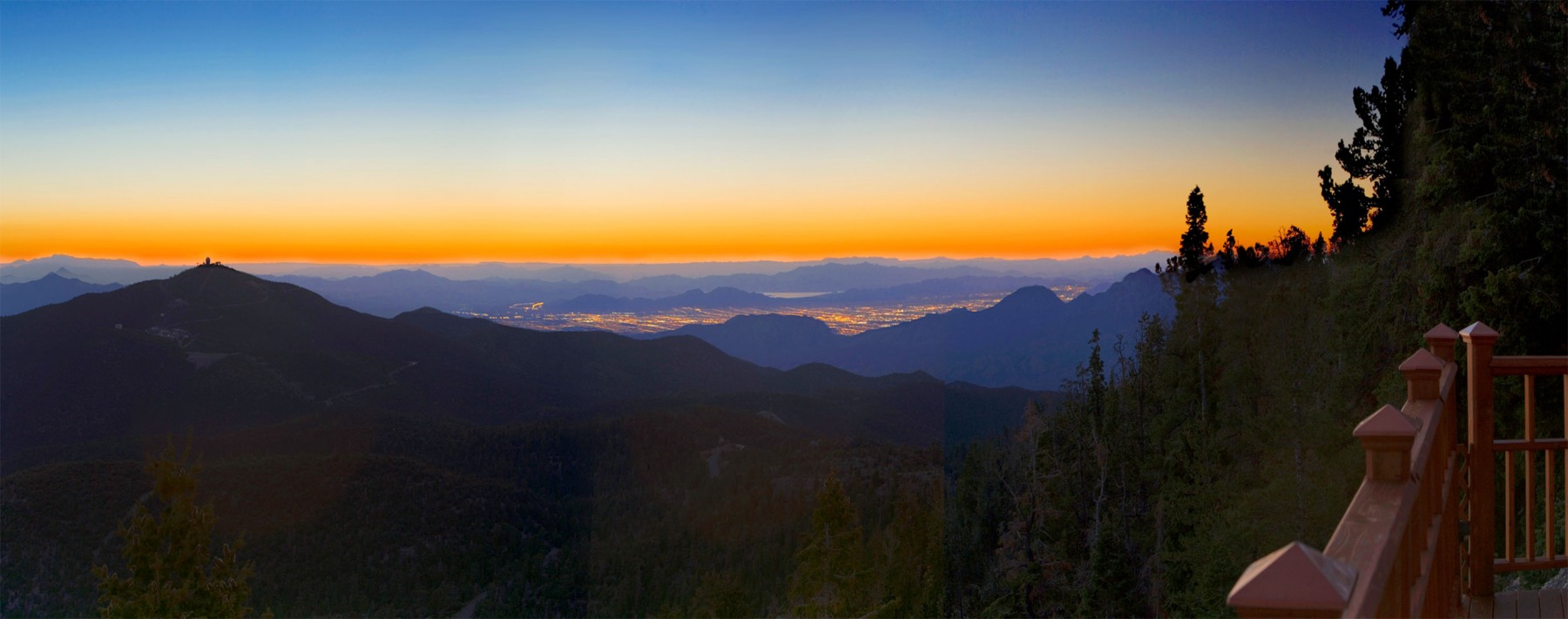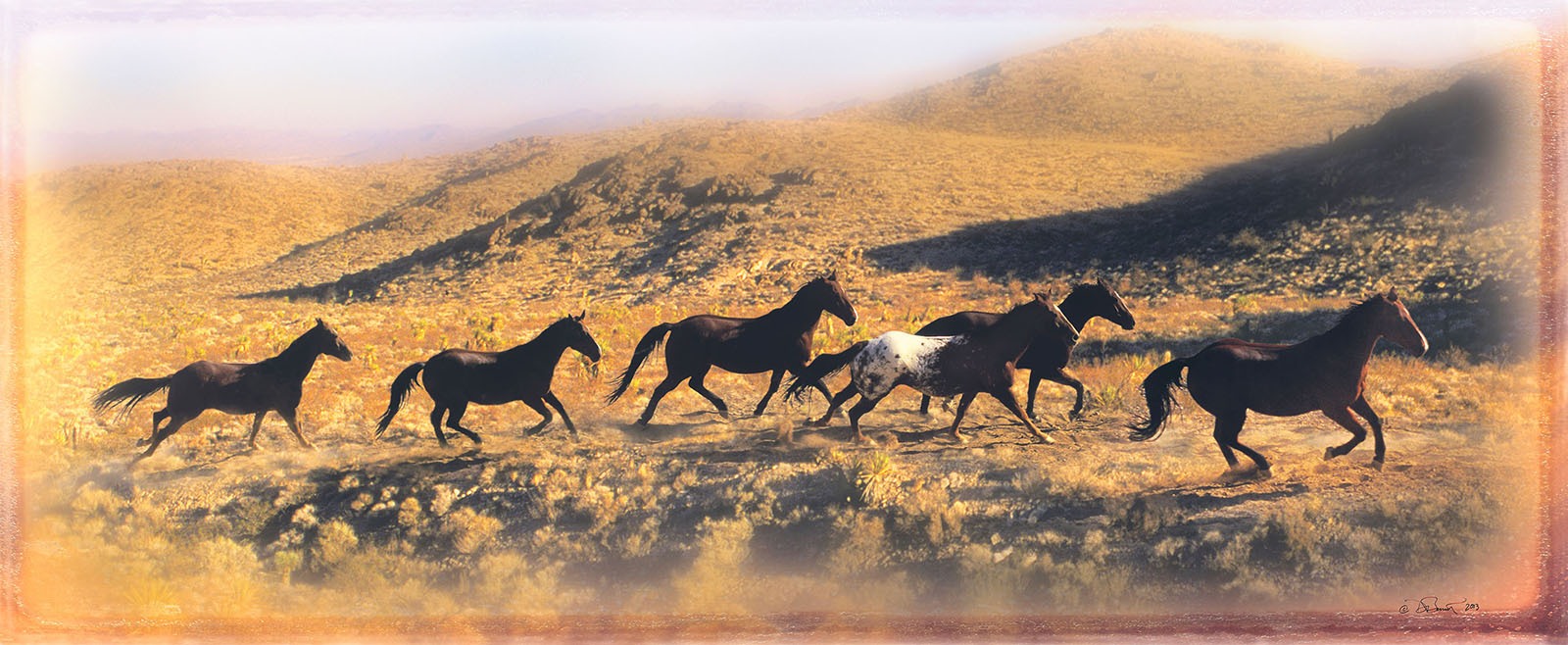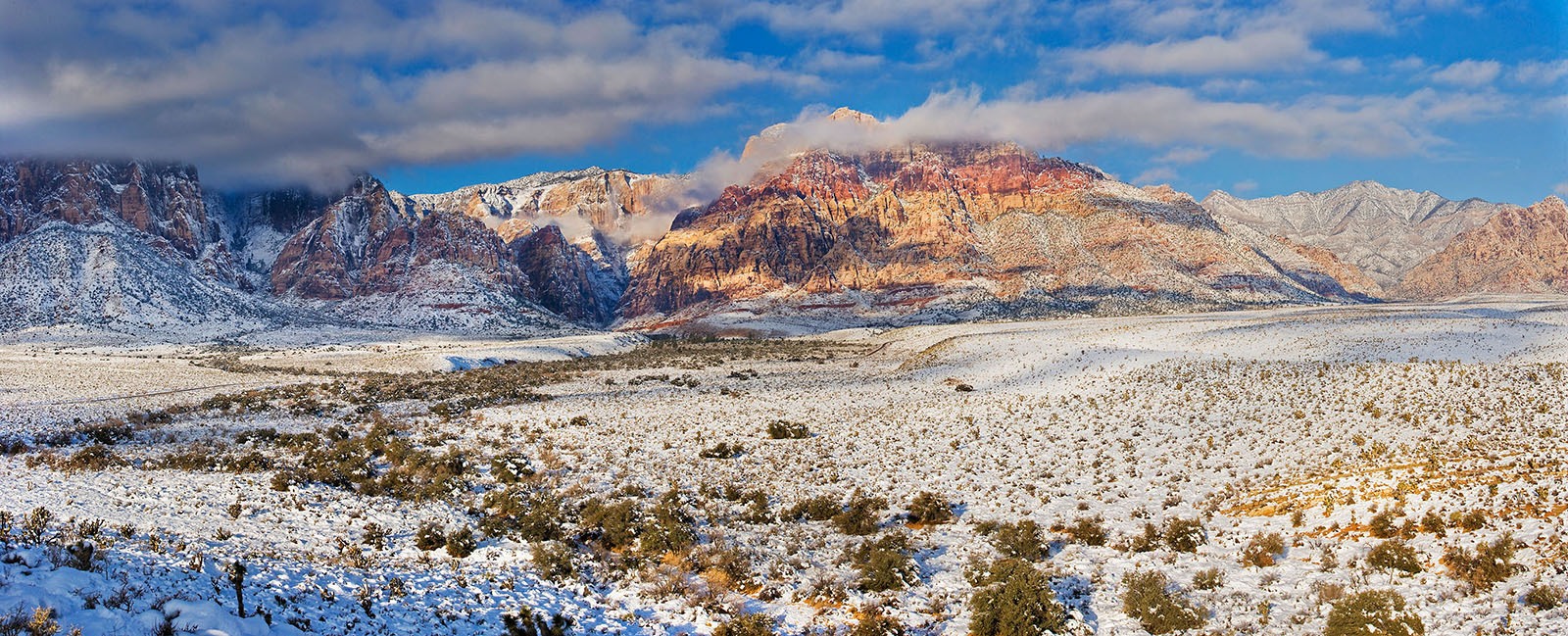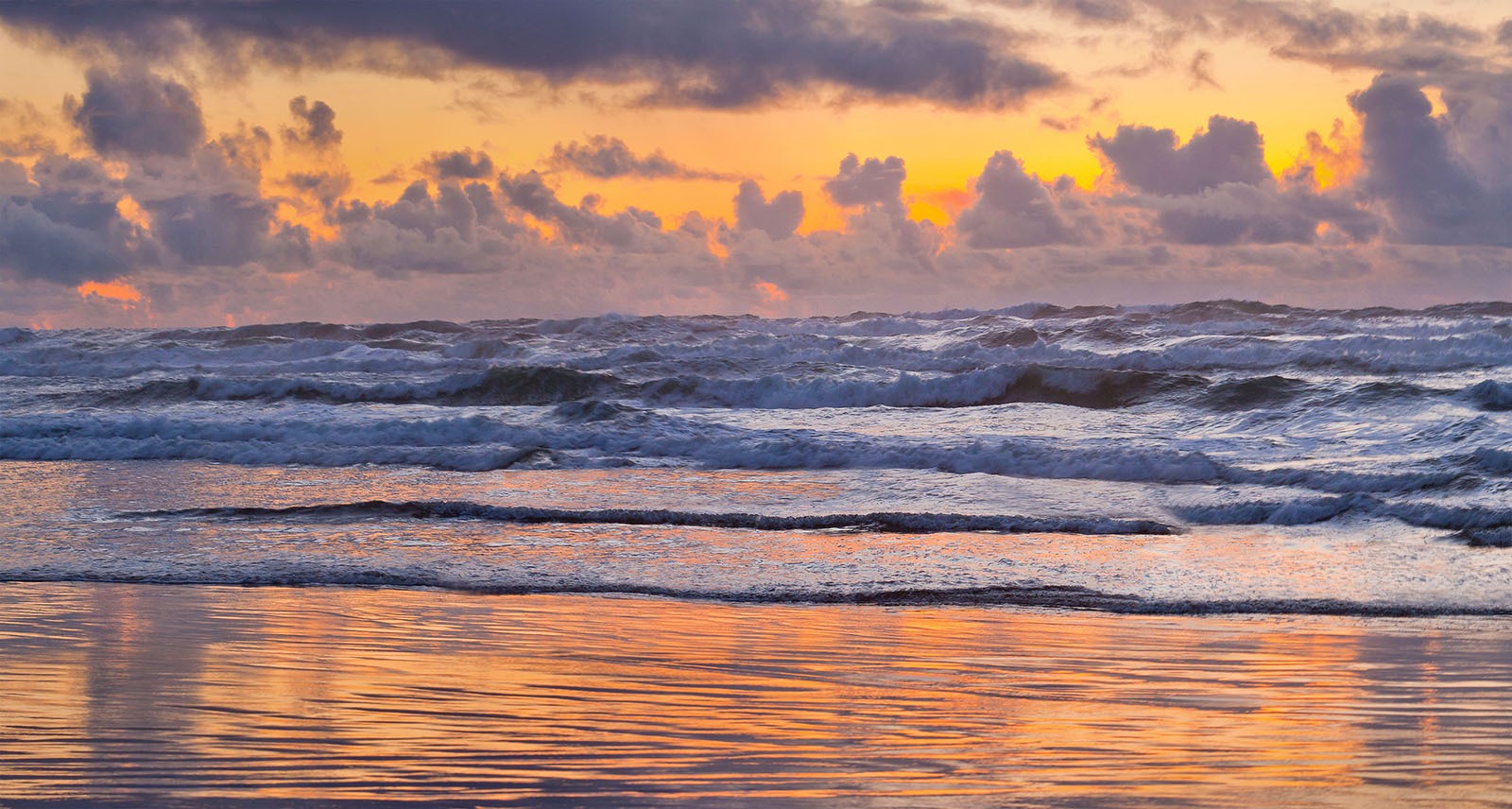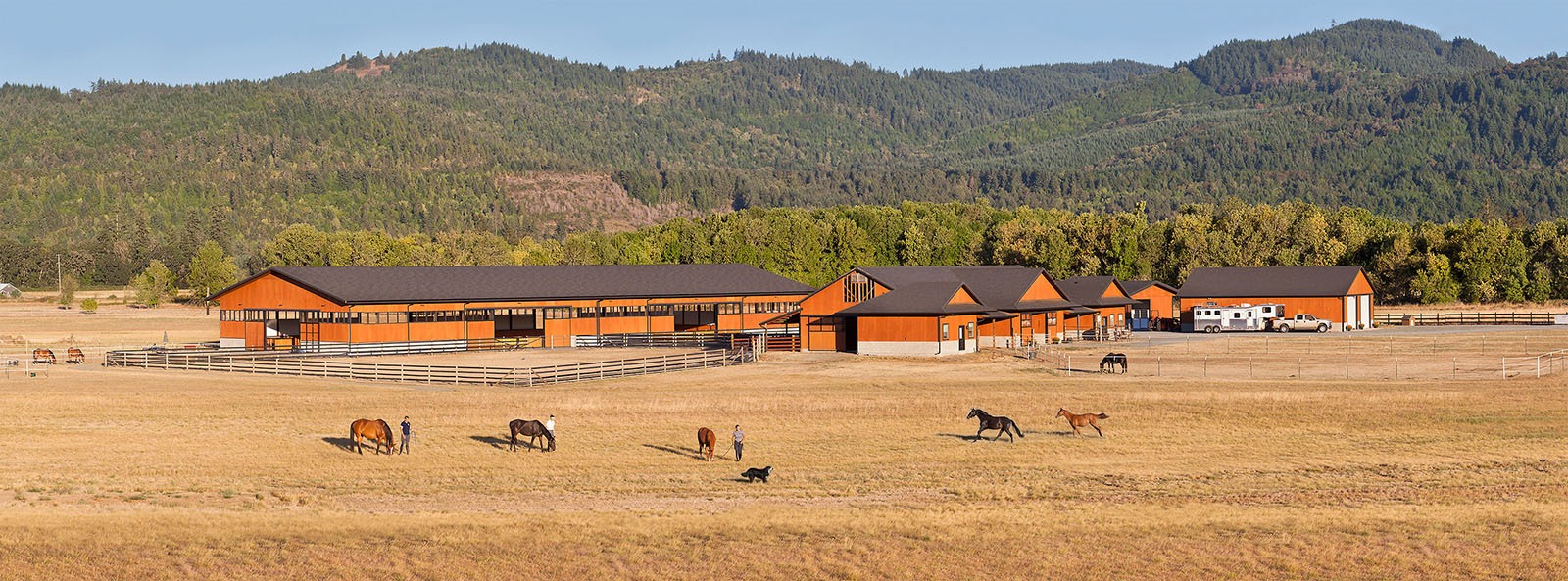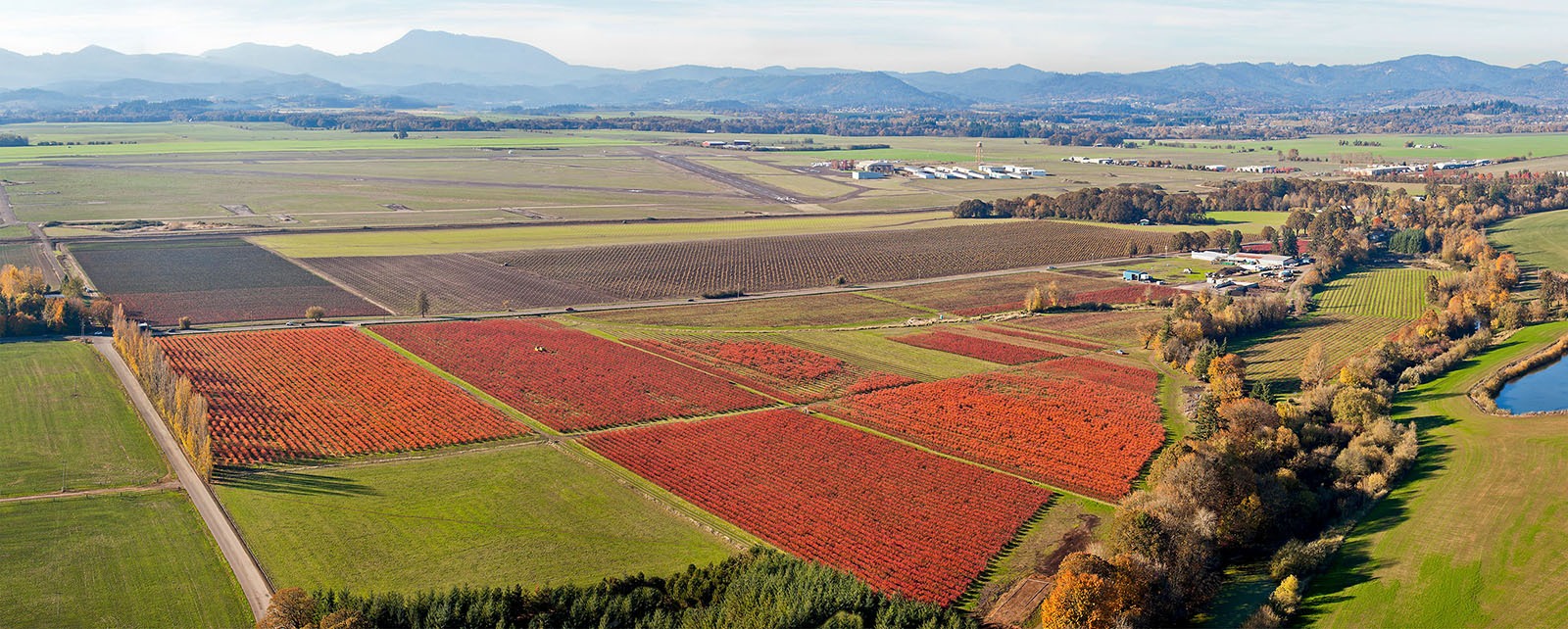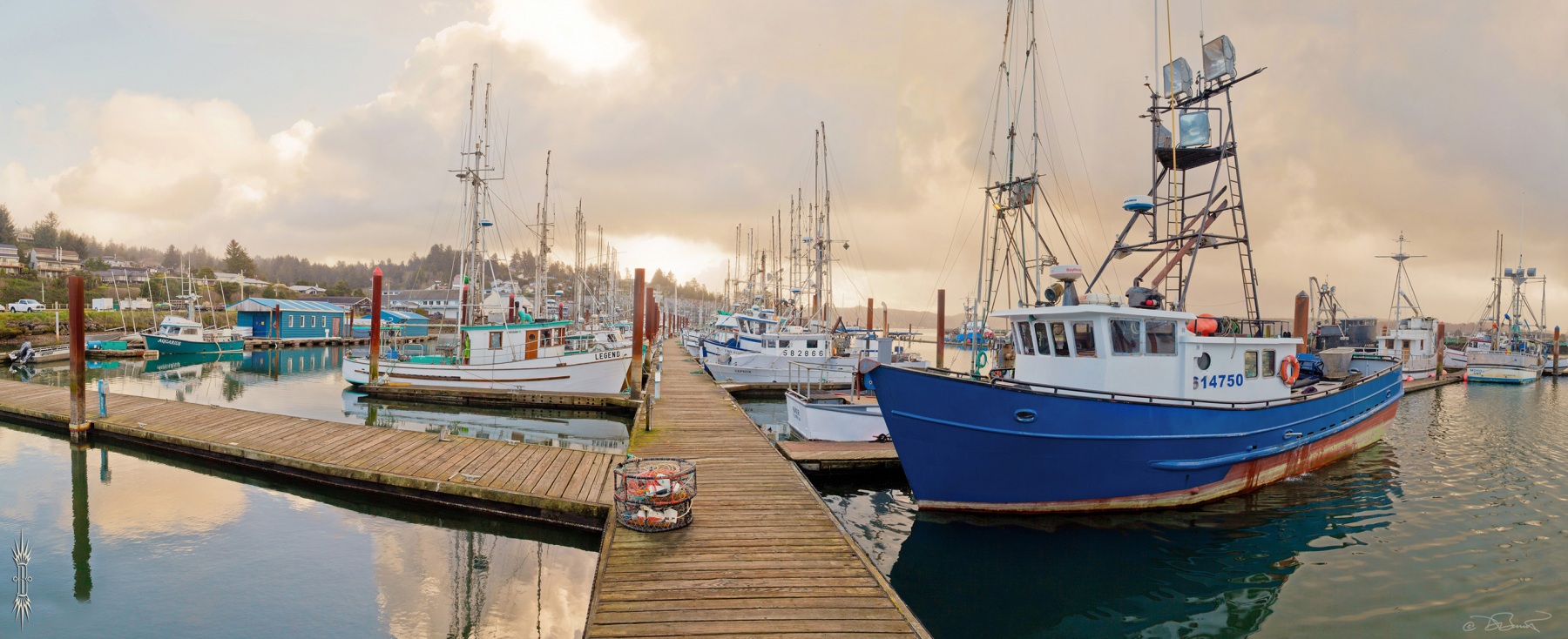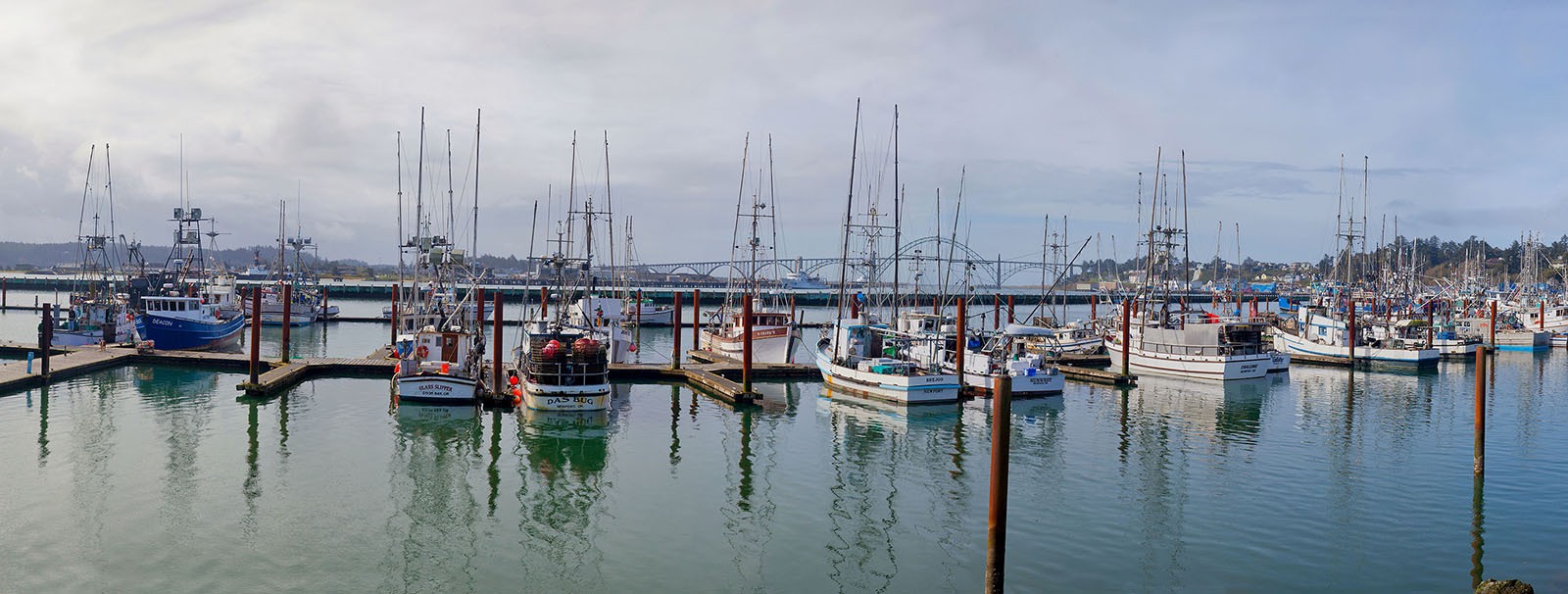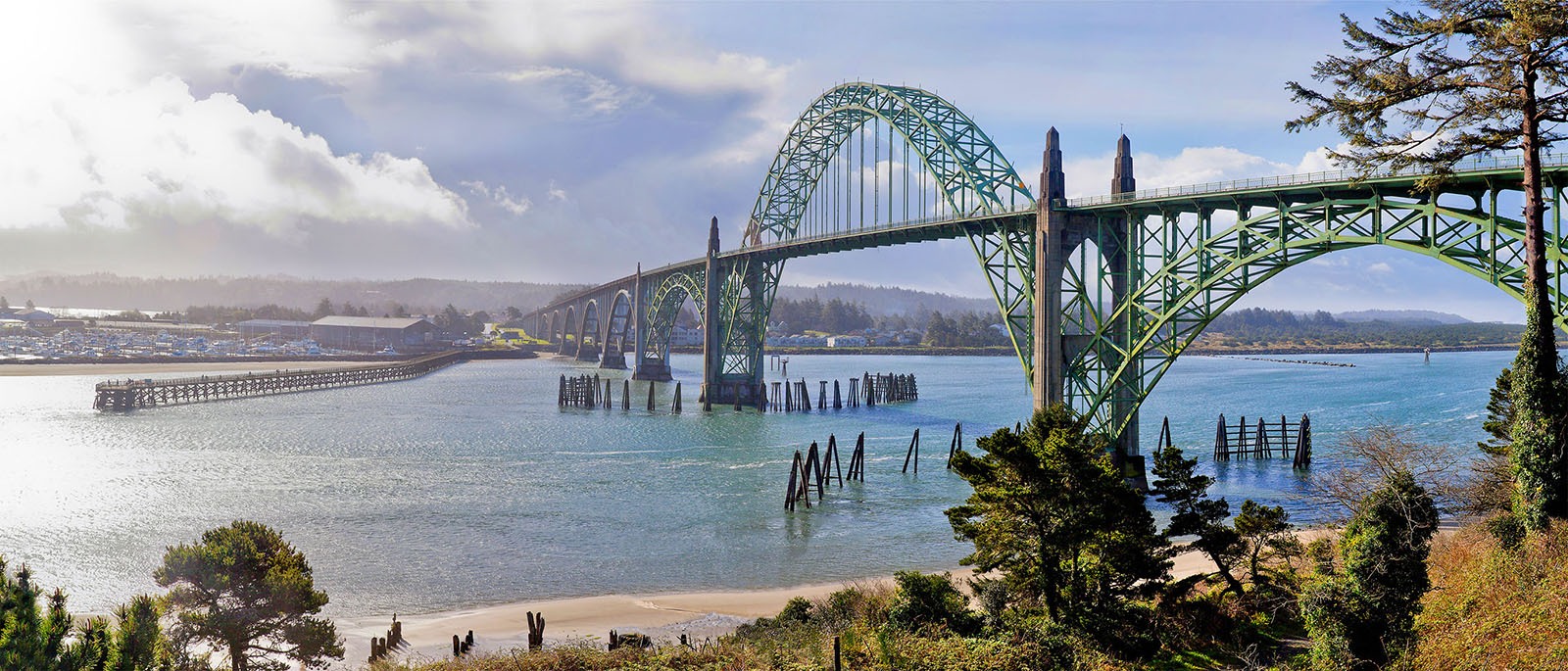A carefully conceived photographic panorama is a magical trick that welcomes you into the photo. You’re invited on a little walk through that scene. You’re instinctively drawn to come in and play. The eyes get to meander, never wanting to leave. That kind of interaction makes panoramas a perfect accessory for places where someone is asked to wait: check-in desks, waiting rooms, lobbies, etc.
Photographic panoramas and especially aerial panoramas are what I consider to be some of the more thought-invoking attention-retaining and compelling images that might be planned and executed for commercial or fine art applications. And the magic conjured is so much more involved than cropping a section of a wide-angle image to fit a format. Its literally adding together a series of 4 to 15 images, which I like to shoot vertically. This is one way that the physics of light-traveling-in-a-straight-line might be harnessed and appreciated.
When you use a slightly telephoto lens and put the images together it would be as if you handed your viewer a pair of binoculars and let them observe the composition from 50 to 100 yards ‘back’. Vanishing points are now more apparent, which draws the eye through the subject matter and proportion has been curiously (and scientifically) preserved throughout the horizontal sections of the composition. A tree on the left side of the composition is now the same size as a tree on the right side. You see a tree in the middle and it is in proportion and scale to its surrounding elements. At one glance there is attained a curious continuity. Unlike wide angle lens that have a severe vanishing point, centered and directly in the middle of the frame, an aerial panorama has a vanishing point that goes out to the distant horizon. A truly captivating and marvelous (and mathematical) feature of this type of image construction.

